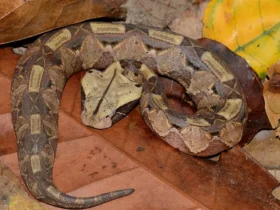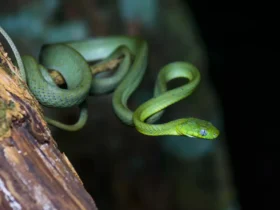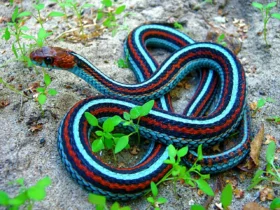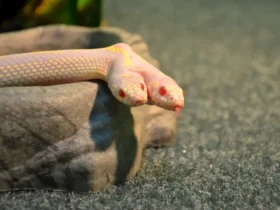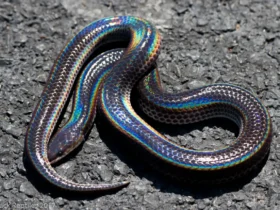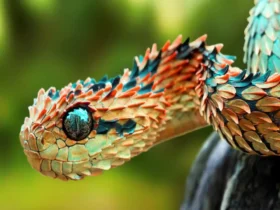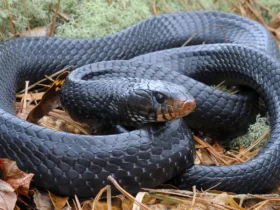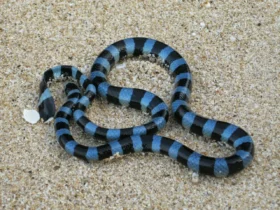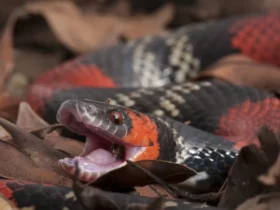There are thousands of different snake species living all over the world, among which the snakes with the largest eyes have captivated scientists due to their unique appearance.
1. Green Vine Snake
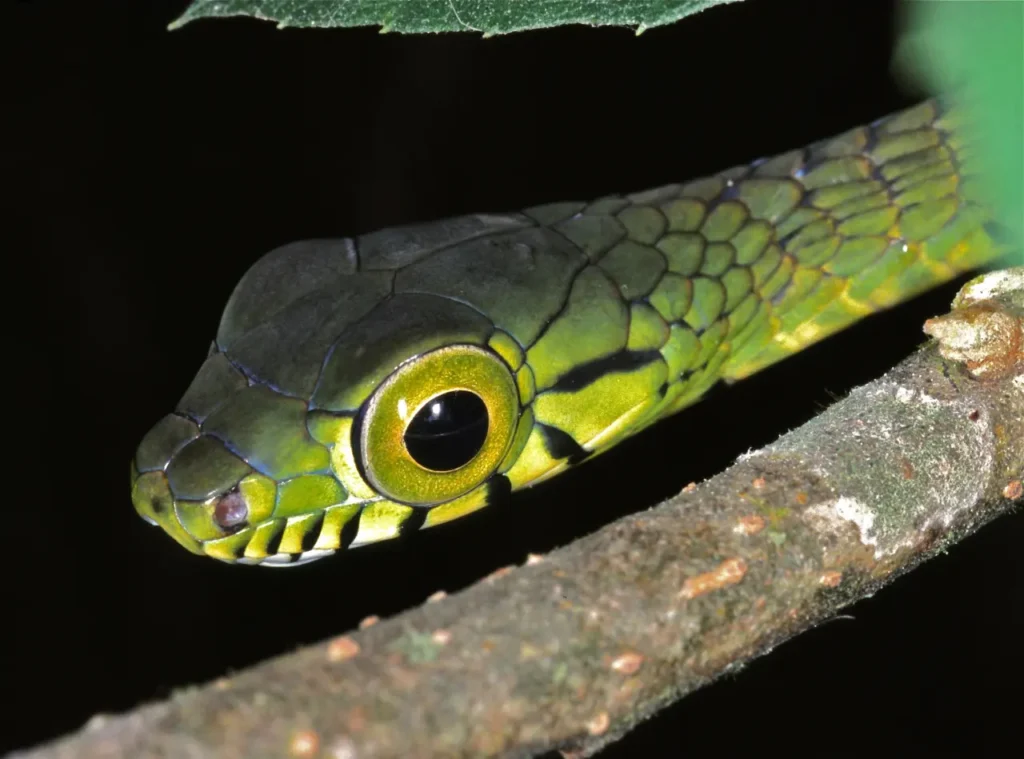
The Green Vine Snake, scientifically known as Rhamnophis aethiopissa, belongs to the Colubridae family and is native to Africa. These snakes are typically green in color, but can also be black or occasionally blue.
The eyes of this snake are larger compared to most snakes of similar size. The Green Vine Snake is one of the snakes with the largest eyes in the world.
2. Western Whip Snake
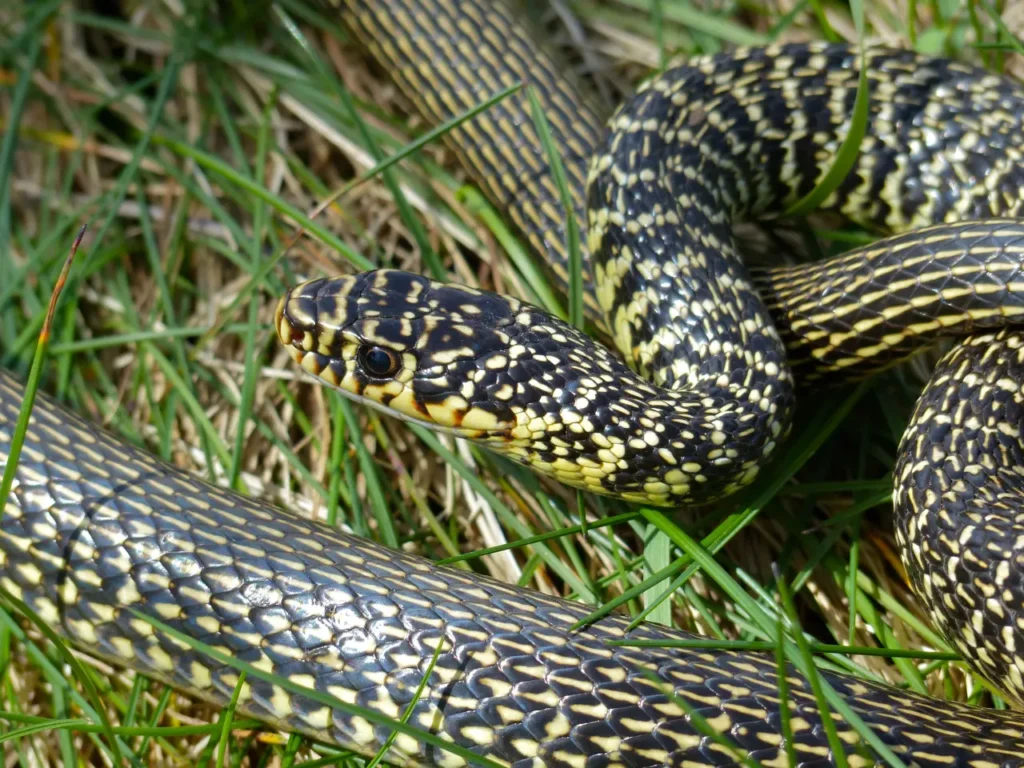
The Western Whip Snake, also known as Hierophis viridiflavus, is a green snake belonging to the Colubridae family. They are predominantly found in southern Thailand and southern Myanmar, followed by Malaysia and Singapore, Sumatra and Java (Indonesia). The Western Whip Snake is mildly venomous but docile. They inhabit secondary and primary forests, often near forest streams.
The color of this snake is usually light green, but it can also be brown. It differs from the Eastern Whip Snake in having larger eyes, a slimmer body, and no thin yellow stripe running along each side.
3. Atheris Hispida
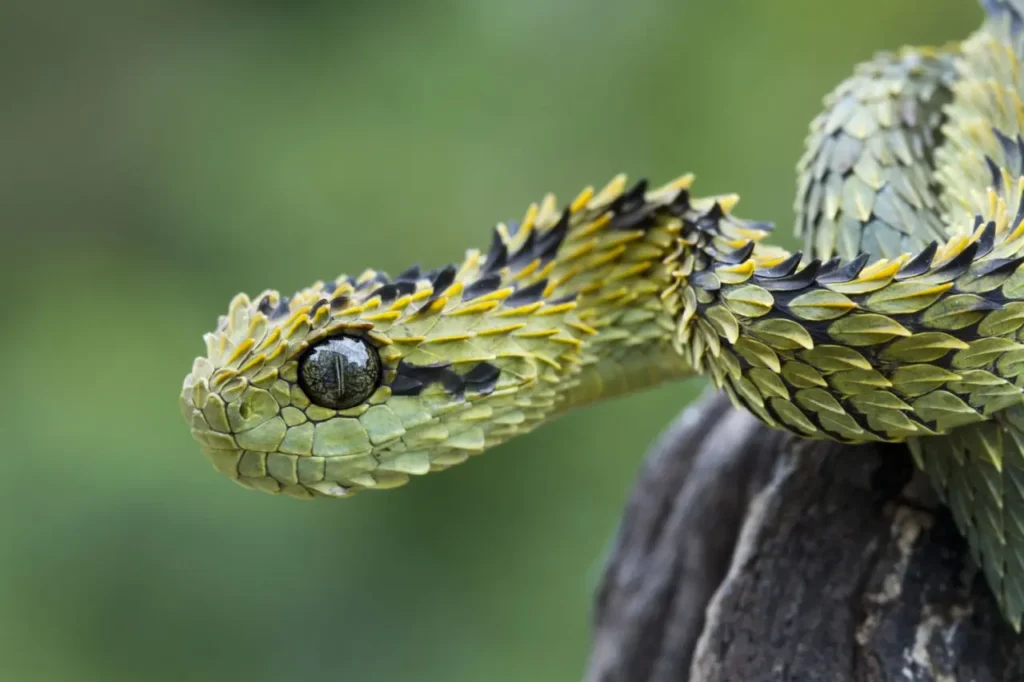
This snake has a wide, triangular head, short mouth, and eyes with straight elliptical pupils.
Atheris hispida is a venomous snake endemic to Central Africa. They have a wide, triangular head, short mouth, and eyes with straight elliptical pupils. Their large eyes are surrounded by 9-16 scales around the eye socket. They primarily communicate and perceive their surroundings through vision, touch, and scent.
The Atheris Hispida snake is small but highly venomous, notable for its large eyes and overlapping pointed scales on the body, resembling roofing tiles, giving it a “spiny” or “hairy” appearance.
4. Cat-eyed Snake
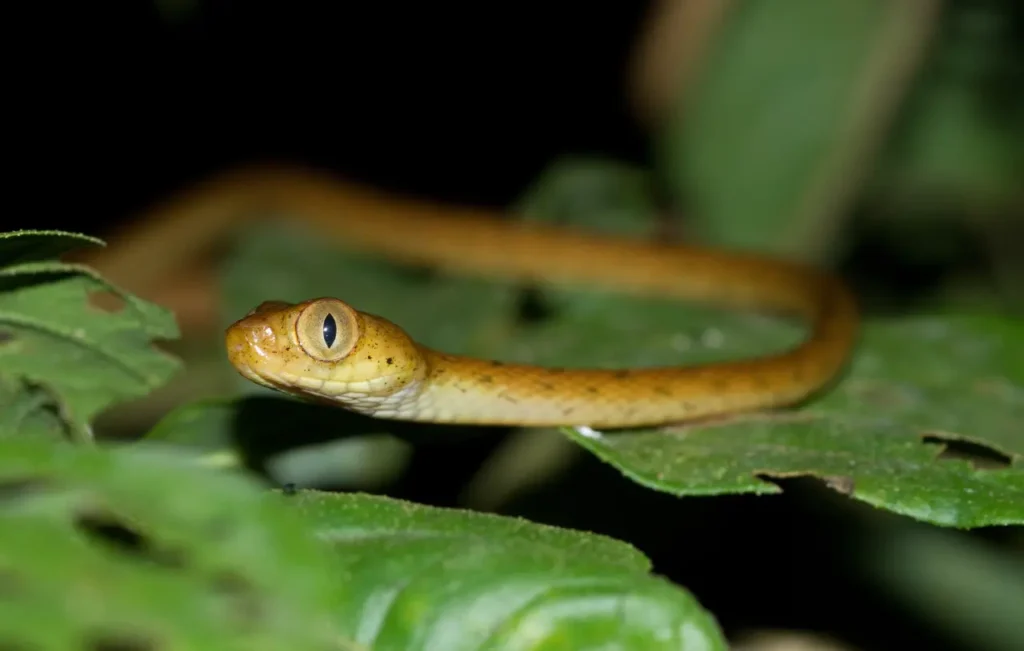
The Cat-eyed Snake, Leptodeira annulata, is a small, mildly venomous snake. It inhabits dry and wet forests, forest edges, and areas near swamps and marshes.
5. Blunthead Tree Snake
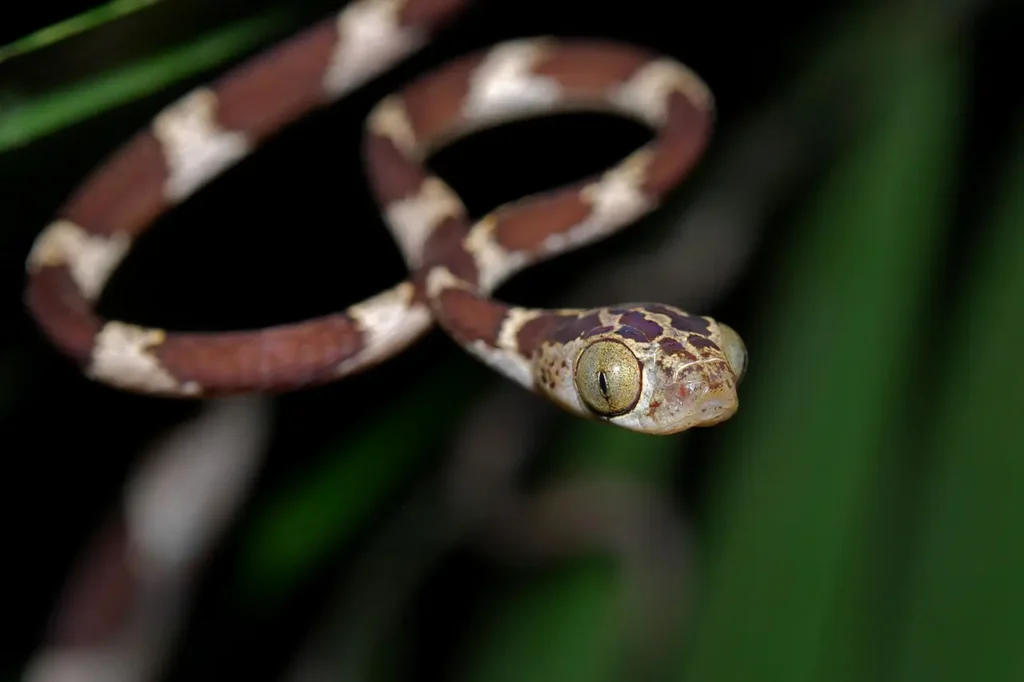
The Blunthead Tree Snake, Imantodes cenchoa, is a mildly venomous rear-fanged snake belonging to the Colubridae family. It is found in Mexico, Central America, and South America. This snake has a slender, elongated body with a long neck and a large head. The eyes have vertical pupils, occupying about a quarter of the head’s length and protruding to the side, allowing the snake to look downward. It is commonly found in trees such as coffee and balsa trees.
6. Horned Viper
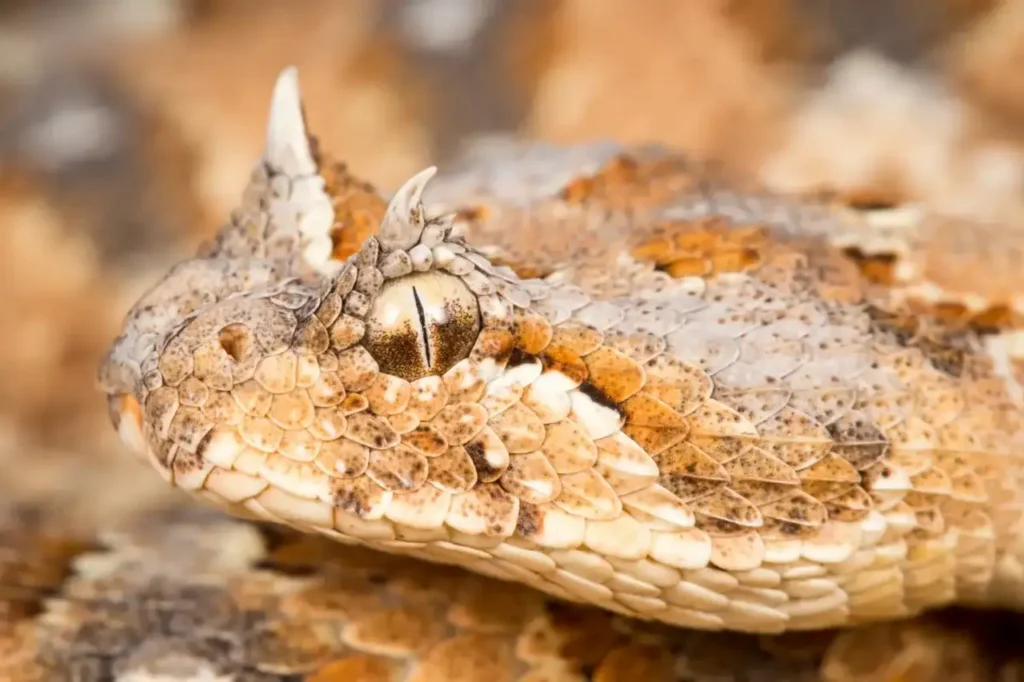
The Horned Viper, also known as Cerastes cerastes, mainly inhabits North Africa and the Middle East. With its impressive appearance, the horned viper has become one of the most unusual snake species in the world.
7. Spider-tailed Horned Viper
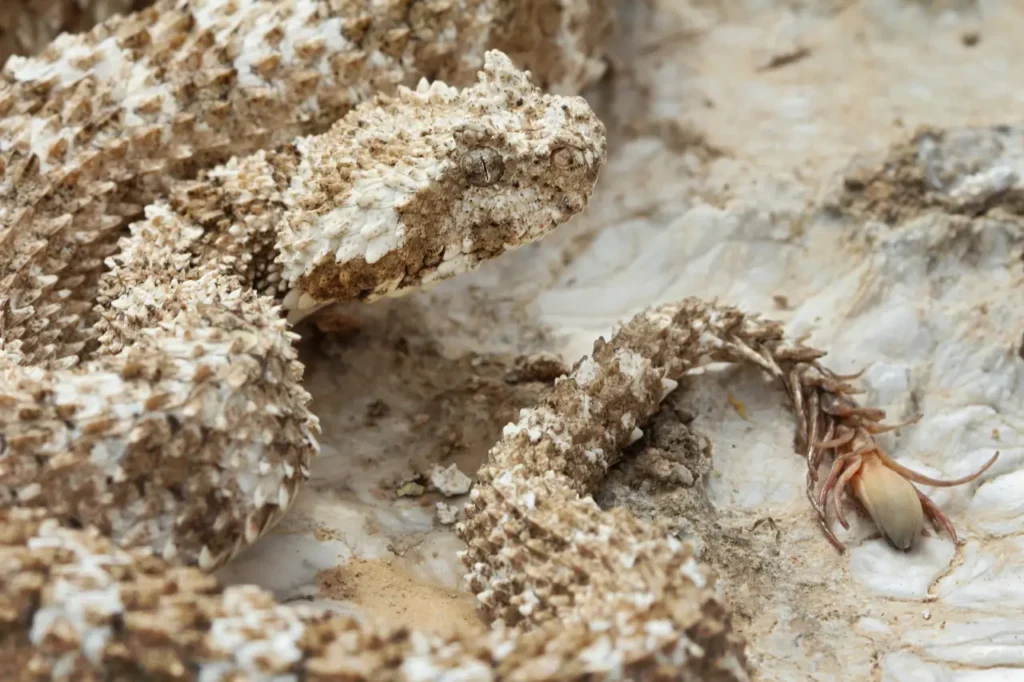
This is perhaps the most haunting-looking snake in the viper family. Along with its fringed scales, large body size, this snake instills fear with its small, long tail that resembles a spider at the end.
The combination of these two fearsome creatures in a single organism truly poses a threat to unfortunate prey. When viewed from behind, many people would mistake this snake for a crawling spider. The Spider-tailed Horned Viper inhabits the deserts of western Iran, making its bizarre appearance a rare sight.
8. Mangrove Snake
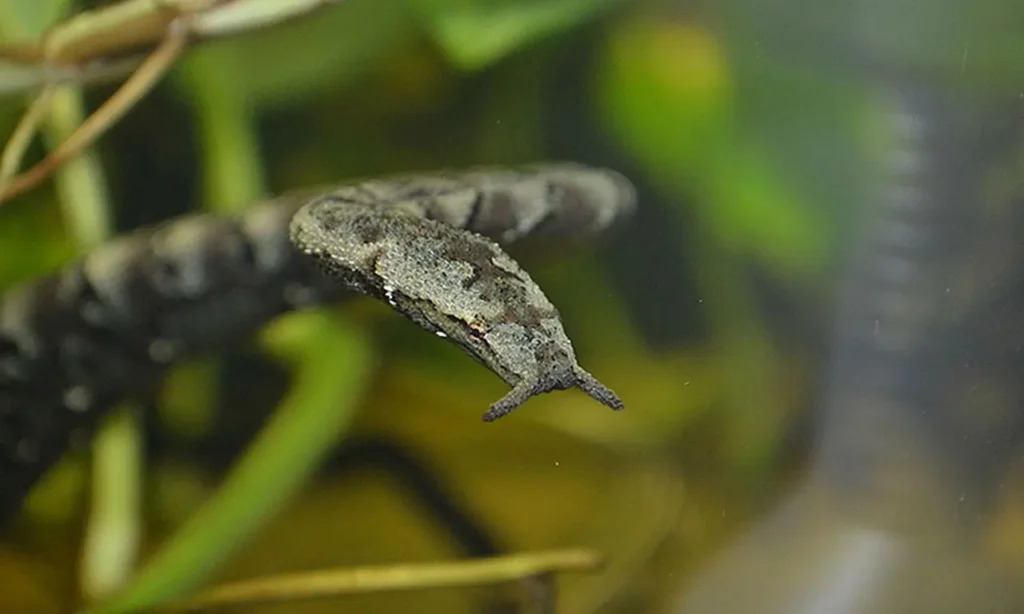
Unlike the species on the list, the Mangrove Snake is a water snake. Furthermore, this representative from Southeast Asia is the only species that has two rear-fangs on its upper jaw and reaches a length of about 90cm.
Scientists speculate that the two rear-fangs serve to attract small fish, which are preferred prey for this snake. Despite being classified as venomous, the Mangrove Snake does not pose a threat to humans, likely due to its preference for a fish-based diet.
9. African Egg-Eating Snake
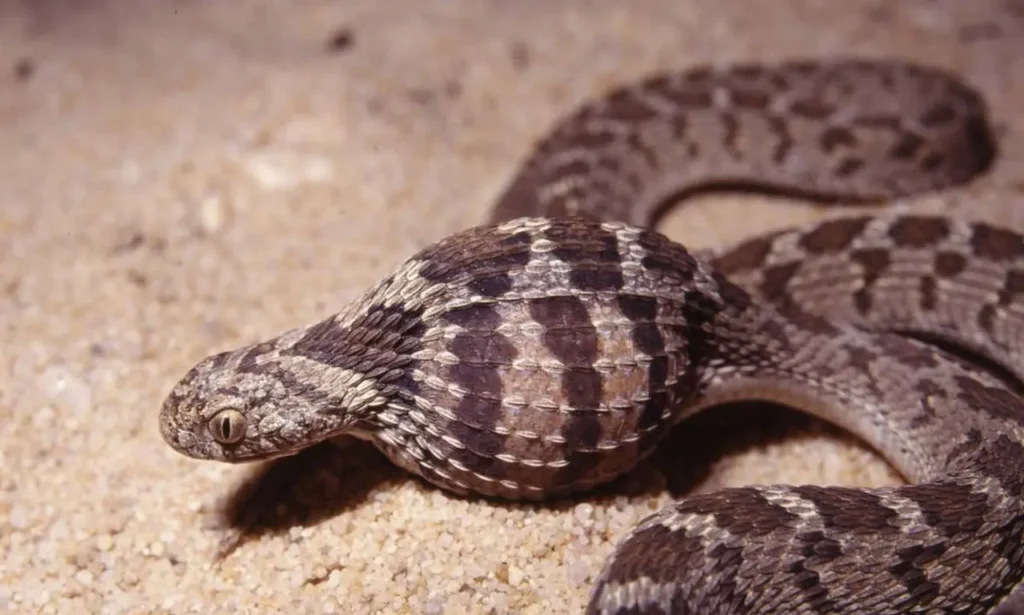
This snake is non-venomous but possesses fake teeth for self-defense. When threatened, it will wriggle in a contorted manner to dazzle the opponent’s eyes, accompanied by harsh hissing sounds and feigned aggression. It won’t actually bite the opponent to avoid exposing itself. This behavior can even intimidate large animals like elephants.
